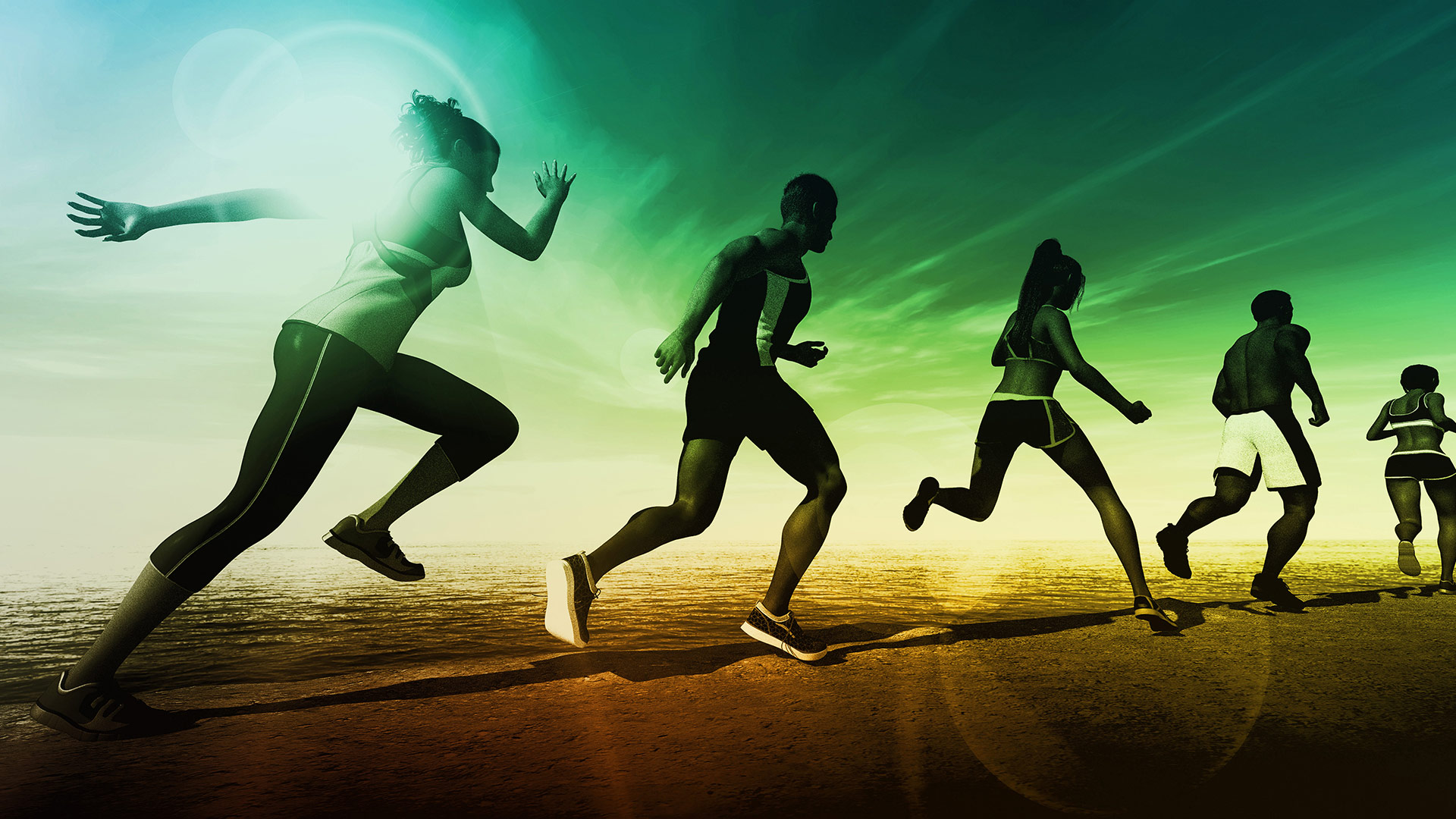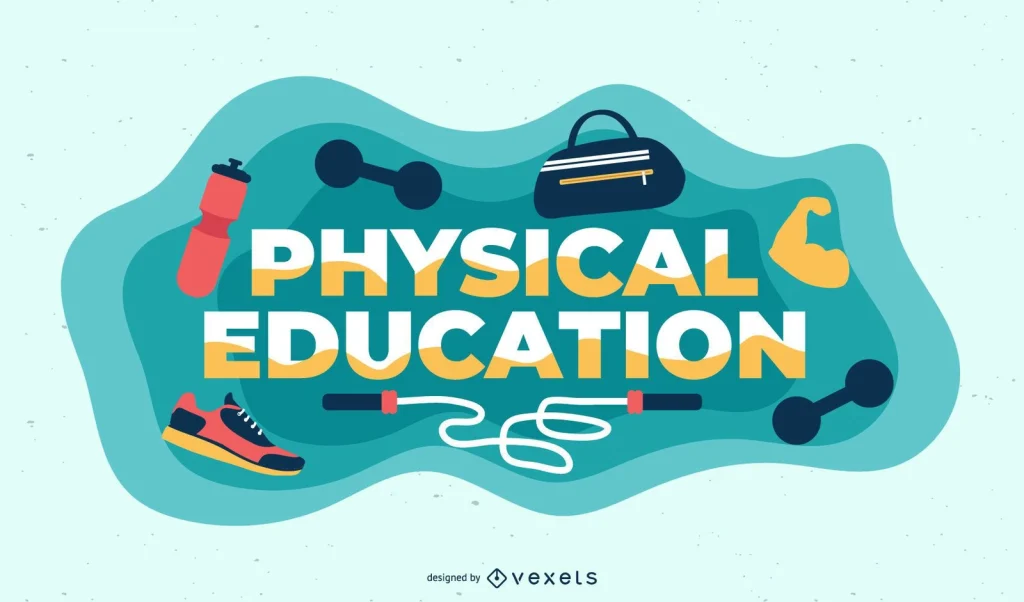Physical education (PE) is a vital component of a well-rounded school curriculum. More than just organized sports or gym class, PE plays a critical role in helping students develop healthy habits, understand the importance of physical fitness, and foster lifelong well-being. In a world where sedentary lifestyles and screen time are on the rise, incorporating effective physical education into schools is more important than ever.
This article explores the importance of physical education, its benefits, and strategies for making PE classes more engaging and impactful for students.
What Is Physical Education?

Physical education is a school-based instructional program designed to develop students’ physical competence, movement knowledge, and fitness levels. It includes a wide range of activities such as:
- Cardiovascular exercises (running, jumping rope)
- Team sports (basketball, soccer, volleyball)
- Individual sports (tennis, swimming, gymnastics)
- Fitness training (strength, endurance, flexibility)
- Recreational activities (yoga, dance, hiking)
PE also incorporates lessons on health, nutrition, and anatomy, helping students understand the science behind exercise and the body’s needs.
The Importance of Physical Education in Schools
1. Promotes Physical Health
Regular physical activity is essential for healthy growth and development. PE helps students:
- Improve cardiovascular health
- Build strong bones and muscles
- Maintain a healthy weight
- Increase flexibility and coordination
- Develop motor skills
Children who are physically active are less likely to experience chronic diseases such as obesity, diabetes, and heart disease later in life.
2. Supports Mental and Emotional Well-being
Exercise is a powerful tool for reducing stress, anxiety, and depression. Physical activity boosts endorphins (the “feel-good” hormones) and promotes better sleep, mood, and concentration.
PE can also improve self-esteem by helping students set and achieve goals, learn new skills, and celebrate personal progress.
3. Enhances Academic Performance
Studies show that students who are physically active tend to perform better in school. Physical activity increases blood flow to the brain, improving knowledge:
- Memory
- Focus
- Cognitive function
Regular movement breaks can also reduce restlessness and improve behavior in the classroom.
4. Encourages Teamwork and Social Skills
Through team sports and group activities, students learn essential social skills such as:
- Communication
- Cooperation
- Conflict resolution
- Leadership
These experiences build character and prepare students for teamwork in both academic and real-life settings.
5. Instills Lifelong Fitness Habits
PE provides the foundation for developing a positive attitude toward fitness. When students find activities they enjoy, they are more likely to stay active throughout their lives.
Key Components of an Effective PE Program
To truly make an impact, physical education programs should be inclusive, engaging, and developmentally appropriate. Here’s what a strong PE curriculum includes:
🏃♂️ 1. Variety of Activities
A diverse range of sports, exercises, and recreational activities allows students to discover what they enjoy and develop a wide range of skills.
📚 2. Health Education
Incorporate lessons on nutrition, injury prevention, hydration, and personal fitness plans to build overall health literacy.
🧑🏫 3. Qualified Instructors
Certified PE teachers bring expertise in safe practices, skill development, and motivation, making sessions more meaningful and enjoyable.
🏅 4. Skill Progression
Instruction should be tailored to different ages and skill levels, gradually increasing difficulty to help students improve over time.
🔄 5. Regular Assessment
Use both formative (ongoing) and summative (end-of-unit) assessments to track progress and set goals. This could include fitness tests, skill demonstrations, or self-evaluations.
🤝 6. Inclusive Environment
Adapt activities to meet the needs of all students, including those with physical or developmental challenges. The goal is to make every child feel successful and included.
Challenges and Solutions in PE Programs
Despite its importance, PE often faces obstacles such as limited funding, time constraints, or lack of facilities. Here are some solutions to enhance physical education in schools:
Advocate for More PE Time
Schools should meet or exceed the recommended PE time:
- Elementary: At least 150 minutes per week
- Middle and High School: At least 225 minutes per week
Use Creative Resources
When equipment is limited, incorporate bodyweight exercises, games, and outdoor activities that require minimal tools.
Integrate Movement into the Day
In addition to dedicated PE classes, schools can promote physical activity through:
- Classroom movement breaks
- Active recess
- After-school sports clubs
- Walk or bike-to-school programs
Tips for Students to Stay Active Outside of School
- Join a local sports team or dance class
- Walk or bike instead of driving short distances
- Try home workout videos or apps designed for kids and teens
- Set goals, like completing a daily step count or trying a new activity each week
- Make physical activity a family routine (e.g., weekend hikes or bike rides)
Conclusion
Physical education is more than just exercise—it’s an essential part of a student’s development. By promoting health, fitness, mental well-being, and life skills, PE helps students lead healthier and more active lives both now and in the future. With the right support and creative programming, schools can make physical education an inspiring and enjoyable experience for every student.
Incorporating physical education into the school day isn’t just beneficial—it’s a necessity for raising strong, healthy, and well-rounded individuals.
Discover delicious recipes, helpful tips, and everyday inspiration. Visit Blessed Beyond Words for food ideas and practical life insights!

